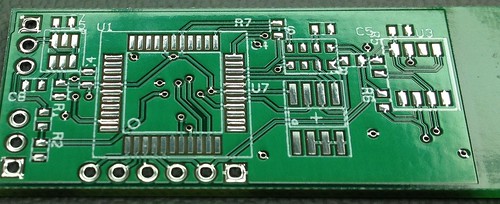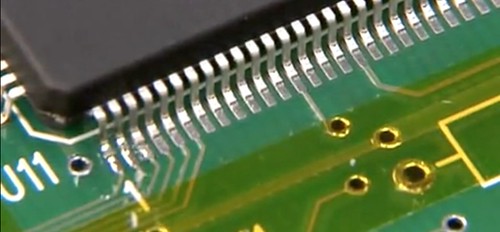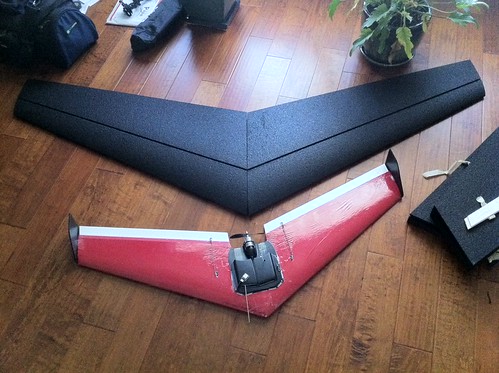Recording iOS Device Screen Video
I've been working on a piece of hardware that communicates with an iOS app. It has a display, and using it takes up some space. I made a little demo video of it last night (not yet for public consumption), trying to fit the iPhone, hardware, and associated hardware all in the frame. The result was a video in which the iPhone's screen was hard to see.
I was thinking it would be nice to use picture-in-picture to provide a closeup of my device's display, and the iPhone's screen, but I only have two cameras. It occurred to me that the iPhone supports displaying its screen on an external display, maybe there was a way to record that. A little Googling turned up the answer.
Thanks to this article by Sylvain Gauchet, I learned about the Reflection OS X app ($15 as of this writing). This is one of those delightful apps that does exactly what you need it to do, without breaking the bank (actually, I would've paid triple the price for it).
Reflection turns your Mac (or PC) into an AirPlay target. Your iPhone 4S, iPad 2, or iPad 3 can send their screen output to the Mac. Reflection gives you the option to record the video. It works incredibly well, and it's wireless (no need for the Apple video output cabling).
I was even able to use iChat desktop sharing to demo Reflection to a friend.
Go check out Reflection today. You can try it free for 10 minutes (and only 10 minutes; not 10 minutes each time you launch). But it's only $15.



